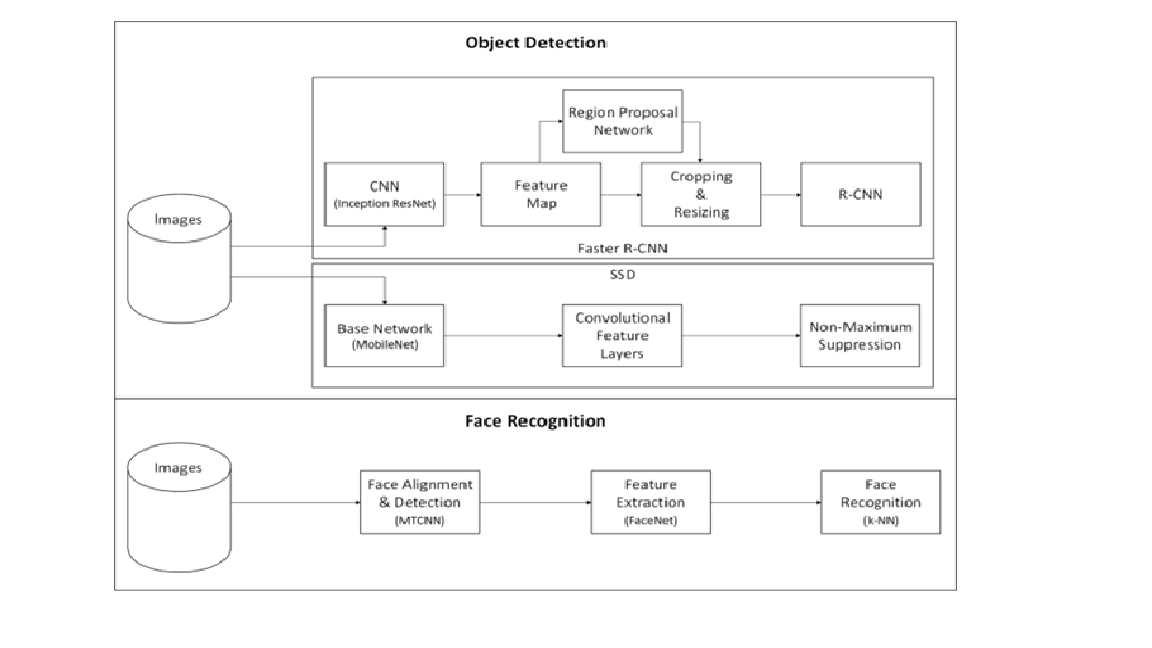Deep Learning Techniques for Video Surveillance and Activity Recognition
Main Article Content
Abstract
Video surveillance and activity recognition have become critical components in modern security systems, leveraging the advancements in deep learning to enhance the accuracy and efficiency of monitoring. This paper explores the application of deep learning techniques, including Convolutional Neural Networks (CNNs), Recurrent Neural Networks (RNNs), and hybrid models, for human activity recognition in video surveillance. These models are particularly well-suited for capturing spatial and temporal features of video data, enabling systems to recognize complex human actions, detect anomalies, and classify behaviors in real-time. The paper discusses the challenges associated with video surveillance, such as occlusions, diverse environments, and large-scale datasets, and presents solutions offered by deep learning methods, including 3D CNNs and Long Short-Term Memory (LSTM) networks. Additionally, it highlights the role of transfer learning and data augmentation in improving model performance. Finally, the paper looks at future trends in the field, such as the integration of reinforcement learning for proactive anomaly detection and the potential of unsupervised learning techniques. These innovations promise to make video surveillance systems more intelligent, responsive, and scalable, paving the way for smarter security solutions in a variety of applications.
